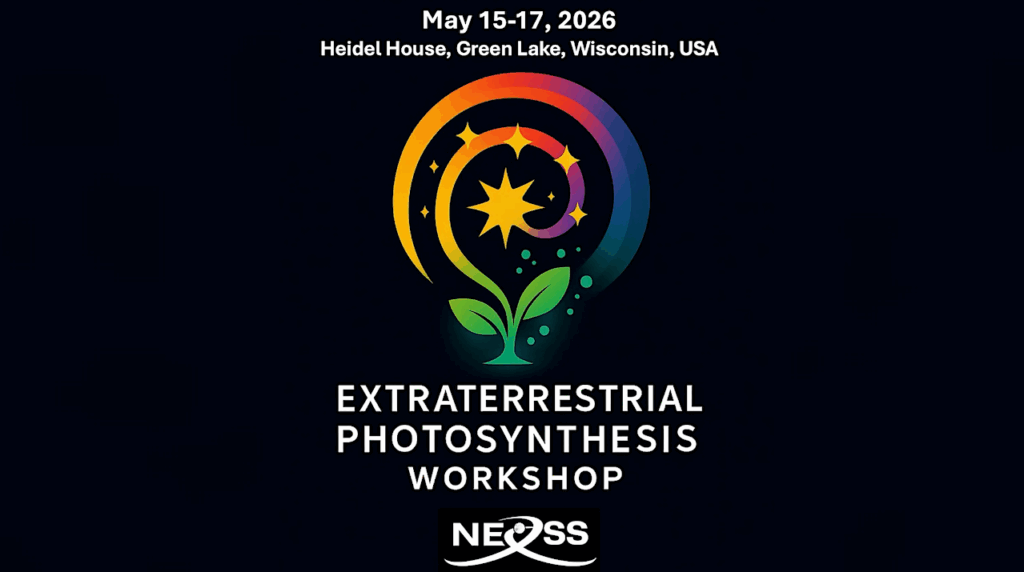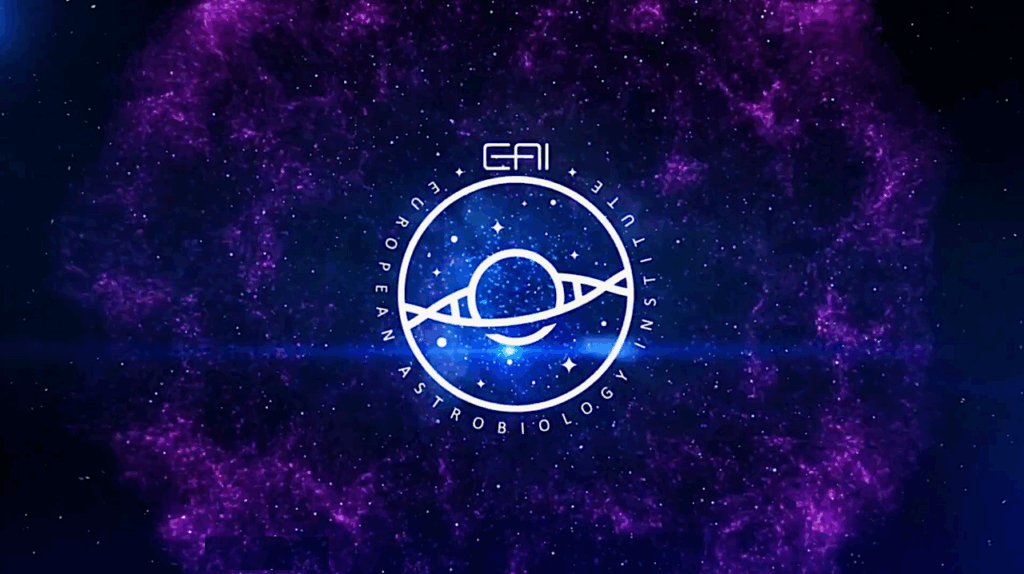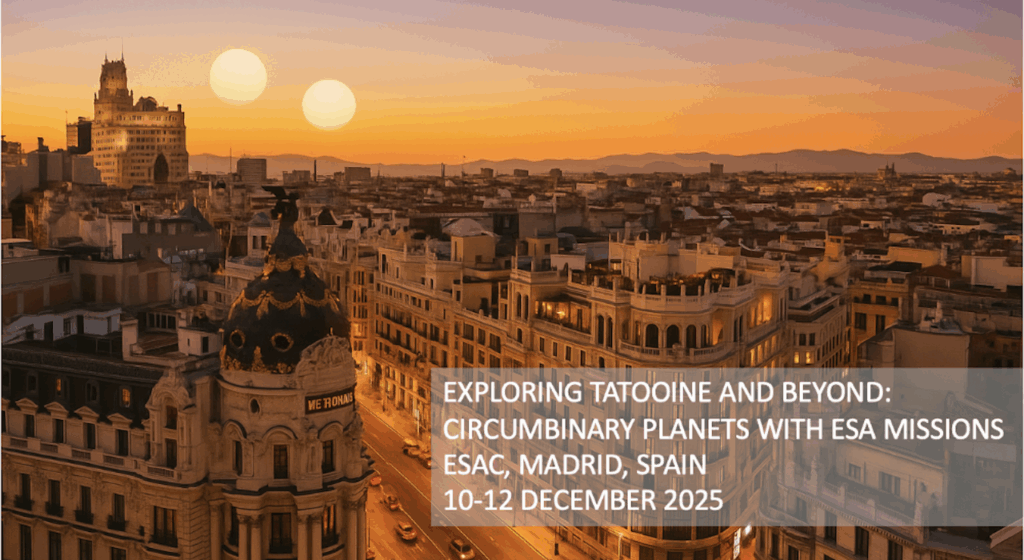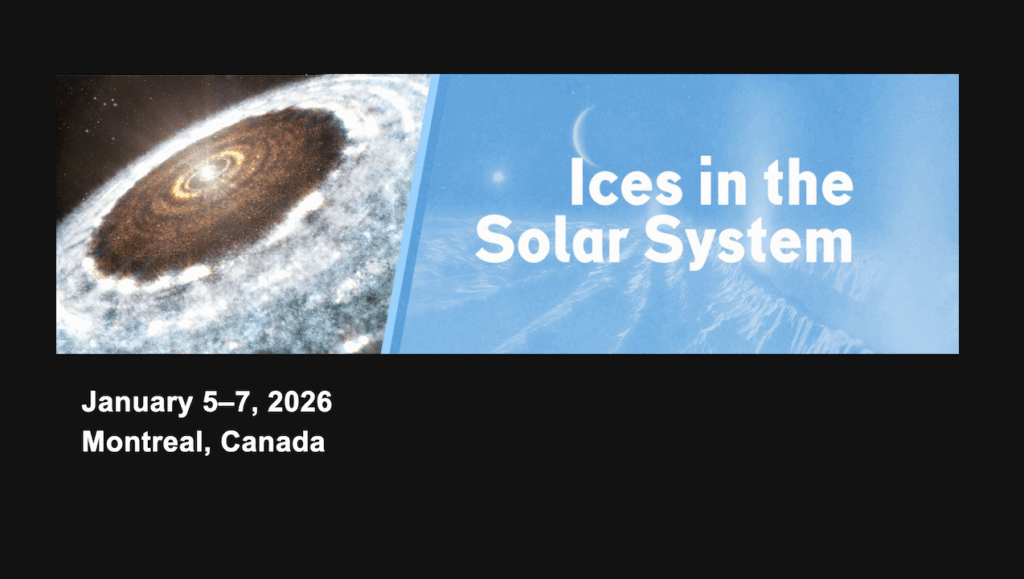Breakthrough Initiatives Summit on Life in the Universe and Space Exploration

Breakthrough Initiatives today announced its second annual Breakthrough Discuss scientific conference, which will bring together leading astronomers, engineers, astrobiologists and astrophysicists to advance discussion surrounding recent discoveries of potentially habitable planets in nearby star systems. The conference will take place on Thursday, April 20 and Friday, April 21, at Stanford University and will be webcast live.
Direct Event Link: https://m.facebook.com/story.php?story_fbid=1650818248276858&id=560920623933298
The two days of discussions will focus on newly discovered Earth-like ‘exoplanets’ in the Alpha Centauri and TRAPPIST-1 planetary systems, and new evidence that these planets could be habitable, as well as their potential as targets for novel methods of space exploration.
Guillem Anglada-Escudé, Queen Mary University of London, and Michaël Gillon, University of Liège, will serve as keynote speakers. Sessions will be chaired by Olivier Guyon, University of Arizona, Jill Tarter, former director of the Center for SETI Research, and Avi Loeb, Harvard University. A full overview of the sessions and panels are listed below.
“In the last 10 months, the world of astronomy has been rocked by discoveries of other planetary systems that look remarkably like our own,” said S. Pete Worden, Executive Director of the Breakthrough Initiatives. “The Breakthrough Discuss conference brings together many of the leading minds to advance the conversation on the potential for life on other worlds and to interrogate the conflicting theories and hypotheses prompted by this new data.”
The two-day event will feature three sessions of 19 presentations and 15 panelists. The first will focus on recent observations of nearby planets, including Proxima b, and new techniques for observing them. The second session will examine the possibility of intelligent life in Earth’s cosmic neighborhood, and recent attempts to search for it with Breakthrough Listen. The third session will assess the significance of the newly-discovered exoplanets for the long-term Breakthrough Starshot endeavor, a program spearheaded by Yuri Milner to develop a practical interstellar space probe.
As the closest known exoplanet, Proxima b is the current primary target for Starshot, which aims to develop the technology to send gram-scale spacecraft travelling at 20 percent the speed of light to Alpha Centauri, some 4.367 light years away. Starshot mission leaders Avi Loeb, Philip Lubin and Zac Manchester will be among the distinguished participants at Breakthrough Discuss.
The conference will be broadcast on Facebook Live at www.Facebook.com/BreakthroughPrize. Viewers are encouraged to join in the conversation and submit questions, which have the opportunity to be answered by the panelists in real-time.
Start times for all sessions will also be posted on the Breakthrough Facebook page. For more information on the program, including a detailed schedule, please visit: https://breakthroughinitiatives.org/Events.
Breakthrough Discuss is hosted by Stanford University’s Department of Physics and the Harvard-Smithsonian Center for Astrophysics and sponsored by the Breakthrough Initiatives.
Breakthrough Discuss is an annual academic conference focused on life in the Universe and novel ideas for space exploration.
Breakthrough Initiatives are a suite of scientific and technological programs exploring the big questions around life in the Universe, such as, Are we alone? What are the nearest habitable planets? And can we become an interstellar civilization?
For more information see https://breakthroughinitiatives.org.
Breakthrough Discuss
Thursday, April 20 and Friday, April 21
Introduction
Earth has discovered a neighbor.
In August 2016, the exoplanet Proxima b was discovered on our cosmic doorstep. It orbits Proxima Centauri, the nearest star to our Sun, approximately 4.2 light-years (25 trillion miles) away. This was a thrilling discovery: the closest known exoplanet to the Solar System also happens to lie within the habitable zone of its star; and just four months after its launch, Breakthrough Starshot had its first target.
Then, in February 2017, seven exoplanets were identified orbiting a dwarf star named TRAPPIST-1, about 40 light-years (235 trillion miles) from Earth. In cosmic terms, these planets too are just down the street. As evolving observation and propulsion technologies promise to extend our vision and physical presence to interstellar destinations, these potentially habitable or life-bearing worlds are transforming the space of our possibilities for life in our galactic neighborhood: both possibilities for extraterrestrial life, and for the future of humanity.
The discoveries of Proxima b and the seven worlds of the TRAPPIST-1 system will be the overarching theme for this year’s Breakthrough Discuss.
Session One: Observations of Proxima b and Habitable Planets Around Nearby Cool Stars
What can be learned about Proxima b and habitable planets around nearby cool stars by remote sensing from Earth and from near-term space missions? This session will focus on observations and systems, both Earth-based and space-based, for studying the newly discovered Proxima b planet and yet-to-be-identified habitable planets around nearby M-type stars. A particular focus will be on how life might be confirmed, and when this might be feasible.
Session Chair: Olivier Guyon, University of Arizona
Session Co-Chairs: David Charbonneau, Harvard University – Lisa Kaltenegger, Cornell University
Session Two: SETI Observations of Proxima b and Nearby Stars
What SETI measurements are possible for Proxima b and nearby stars? This session will review a number of SETI observations already taken of the Proxima Centauri system, and consider new observation possibilities. These include discussion of what “leakage” from a technological civilization might be detected with current instrumentation; what additional observations can and should be made; and ideas for new and untried methods of observation and data-gathering.
Session Chair: Jill Tarter, SETI Institute
Session Co-Chairs: Tabetha Boyajian, Louisiana State University – Andrew Siemion, University of California, Berkeley – Jason Wright, Penn State University – Shelley Wright, University of California, San Diego
Session Three: Scientific Goals and Instrumentation for a Flyby of the Nearest Stars
Breakthrough Starshot aims to send lightweight probes at a fraction of the speed of light to the nearest stars. What instruments and measurements should be available to this fleet of spacecraft? This session will focus on measurements that could be made by StarChips flying through the Alpha Centauri planetary system, with an emphasis on the search for life on Proxima b. The discussion will include an initial brainstorm on the desired spectral and imaging parameters (resolution and wavelengths), the type of instruments (including novel probes of particles and fields), as well as the optimal flyby distance and trajectory.
Session Chair: Avi Loeb, Harvard University
Session Co-Chairs: Phil Lubin, University of California, Santa Barbara – Zac Manchester, Harvard University – Mason Peck, Cornell
Contact
For Breakthrough Initiatives
Rubenstein / Kristen Bothwell
212-843-9227 / [email protected]
Direct Event Link: https://m.facebook.com/story.php?sto
ry_fbid=1650818248276858&id=560920623933298
April 20, 2017 THURSDAY
Pacific Time
9:00 – Welcome – Hosts – Charles Alcock – Peter Michelson – S. Pete Worden
9:15 – Keynote: Beyond Proxima b: Searching for the Nearest Red Terrestrial Planets – Guillem Anglada-Escudé
10:00 – Session One: Solar-System-Based Observations of Proxima Cen and Nearby Stars – Olivier Guyon (Chair)
10:10 – How Common are Potentially Habitable Planets Orbiting Nearby Stars? – Presenter: Courtney Dressing
10:30 – The Habitable Zone Planets Transiting Nearby M Dwarfs – Presenter: Zachory Berta-Thompson
10:50 – The Habitability of Planets Orbiting M-dwarf Stars – Presenter: Aomawa Shields
11:10 – Break
11:25 – Finding Life on Exo-Earths from its Imprint on Atmospheric Composition – Presenter: David Catling
11:45 – Detecting Oxygen on Earth-Like Planets – Presenter: Mercedes López-Morales
12:05 – Observations of Proxima b and Habitable Planets around Nearby Cool Stars – Presenter: Markus Kasper
12:25 – Lunch
13:40 – Panel One: Solar-System-Based Observations of Proxima Cen and Nearby Stars – Olivier Guyon (Chair)
13:50 – (Panel discussion) – Panelists: David Charbonneau, Lisa Kaltenegger, Nikole Lewis, Michael Meyer, Dimitar Sasselov
14:25 – (Open discussion)
15:00 – Break
15:10 – Breakthrough Listen: Briefing on Initial Analysis Results – Breifing: Andrew Siemion
15:20 – Session Two: SETI Observations of Proxima b and Nearby Stars – Jill Tarter (Chair)
15:30 – Specialized Observations of Trappist-1 and Other Nearby Stars – Presenter: Gerry Harp
15:50 – Pulsed Optical and Near-Infrared SETI Instrumentation – Presenter: Shelley Wright
16:10 – SETI Observations of Nearby Stars with Atmospheric Cherenkov Gamma-Ray Telescopes – Presenter: David Williams
16:30 – Break
16:40 – Surface Imaging of Proxima b and Earth-like planets – Presenter 10: Svetlana Berdyugina
17:00 – Breakthrough Listen Observations of the Proxima Centauri System with the Parkes Telescope – Presenter: Daniel Price
17:20 – The Fast Radio Burst-SETI connection. – Presenter 12: Matthew Bailes
17:40 – Concluding remarks
17:50 – Adjourn
April 21, 2017 FRIDAY
Pacific Time
9:00 – Welcome – S. Pete Worden –
9:10 – Keynote: TRAPPIST-1 and SPECULOOS Planets: A Chance to Detect Chemical Traces of Life Beyond our Solar System – Michaël Gillon
9:50 – Break
10:05 – Panel Two: SETI Observations of Proxima b and Nearby Stars – Jill Tarter (Chair)
10:20 – (Panel discussion) – Panelists: Ian Morrison, Tabetha Boyajian, Alexander Panov, Jason Wright, Lucianne Walkowicz
10:55 – (Open discussion)
11:30 – Lunch
12:30 – Session Three: Scientific Goals and Instrumentation for a Flyby Visit of the Nearest Stars – Avi Loeb (Chair)
12:40 – The Path and Challenges to Interstellar Flight – Presenter: Phillip Lubin
13:00 – How to Ride a Laser Beam – Presenter: Zac Manchester
13:20 – Hard-Brake at Alpha Centauri – Stay a Little Longer? – Presenter: René Heller
13:40 – Break
13:50 – Observations To Assess Habitability and Life for Extrasolar Planets – Presenter: Victoria Meadows
14:10 – Towards the Detection of Biosignatures and Technosignatures on Exoplanets – Presenter: Manasvi Lingam
14:30 – Lessons learned from Flybys in the Solar System – Presenter: Laura Kreidberg
14:50 – Break
15:00 – Panel Three: Scientific Goals and Instrumentation for a Flyby Visit of the Nearest Stars – Avi Loeb (Chair)
15:10 – (Panel discussion) – Harry Atwater, Ruslan Belikov, Jim Benford, Blakesley Burkhart, Jeff Kuhn
15:45 – (Open discussion)
16:20 – Summary & Concluding Remarks







